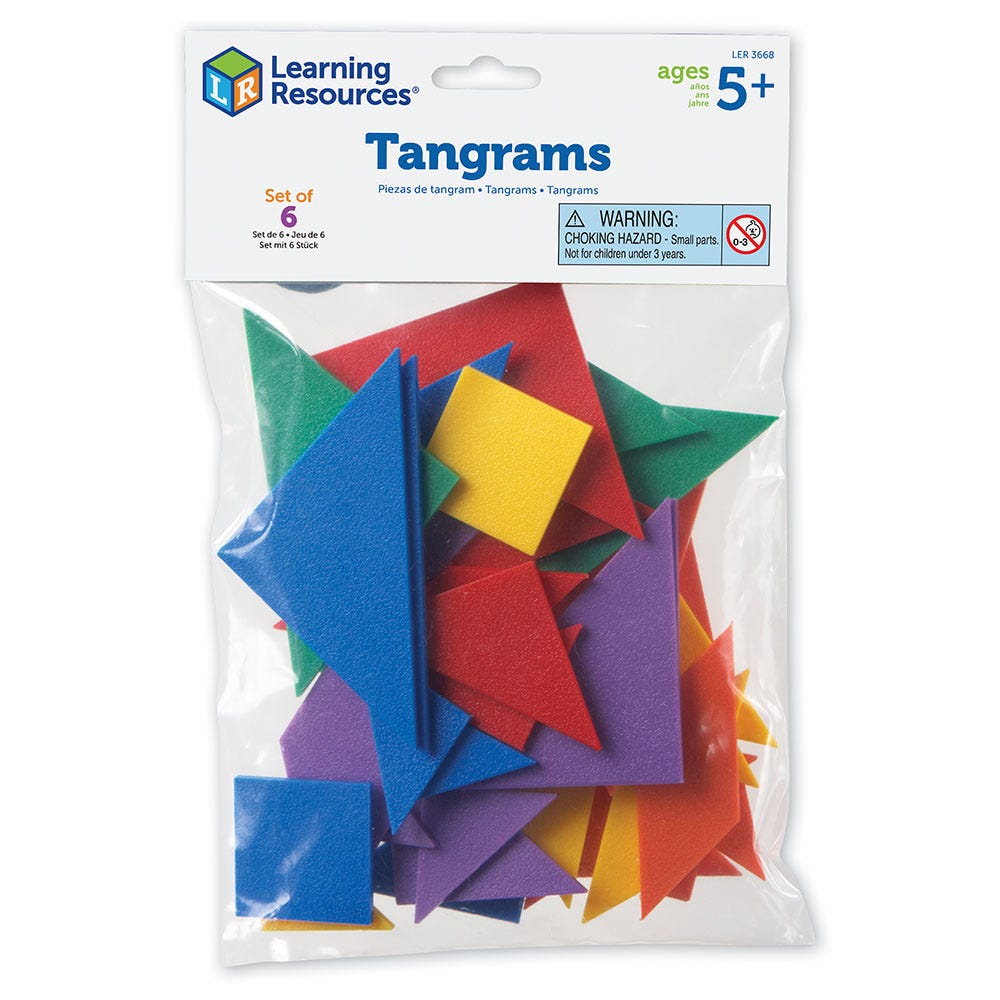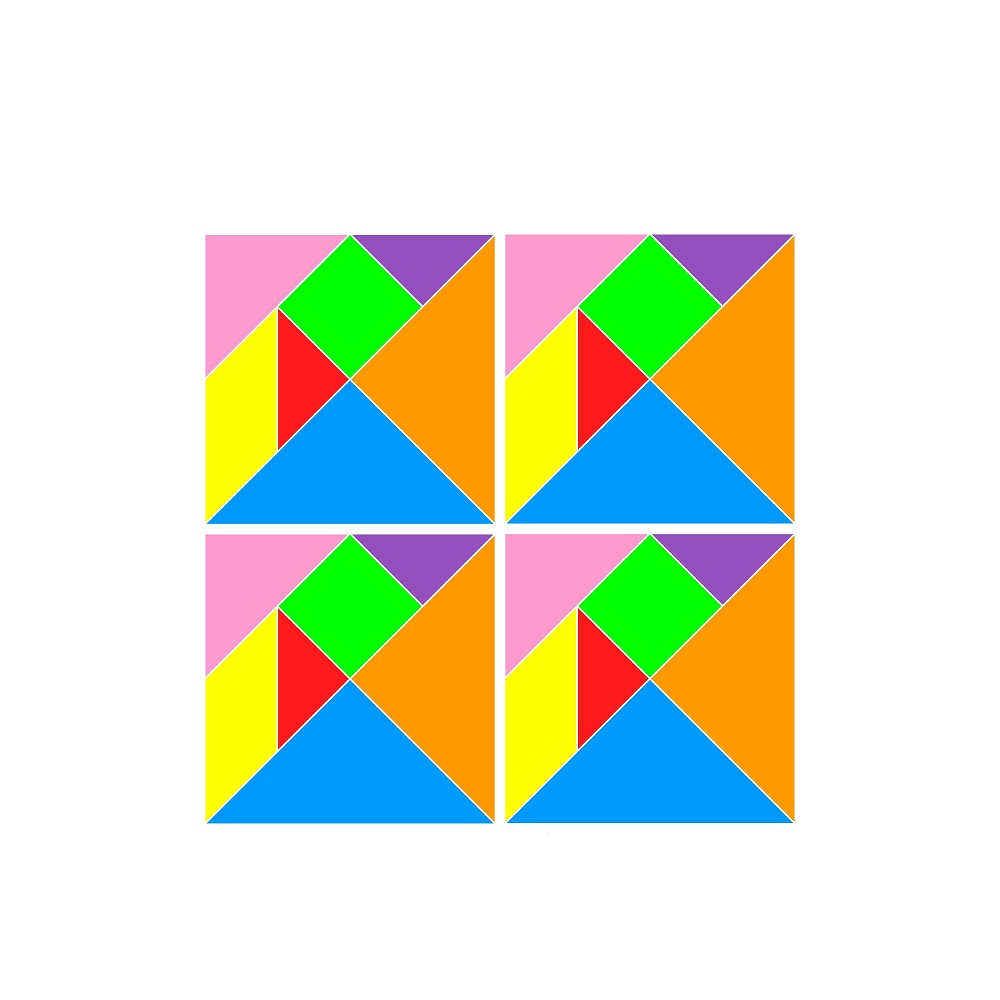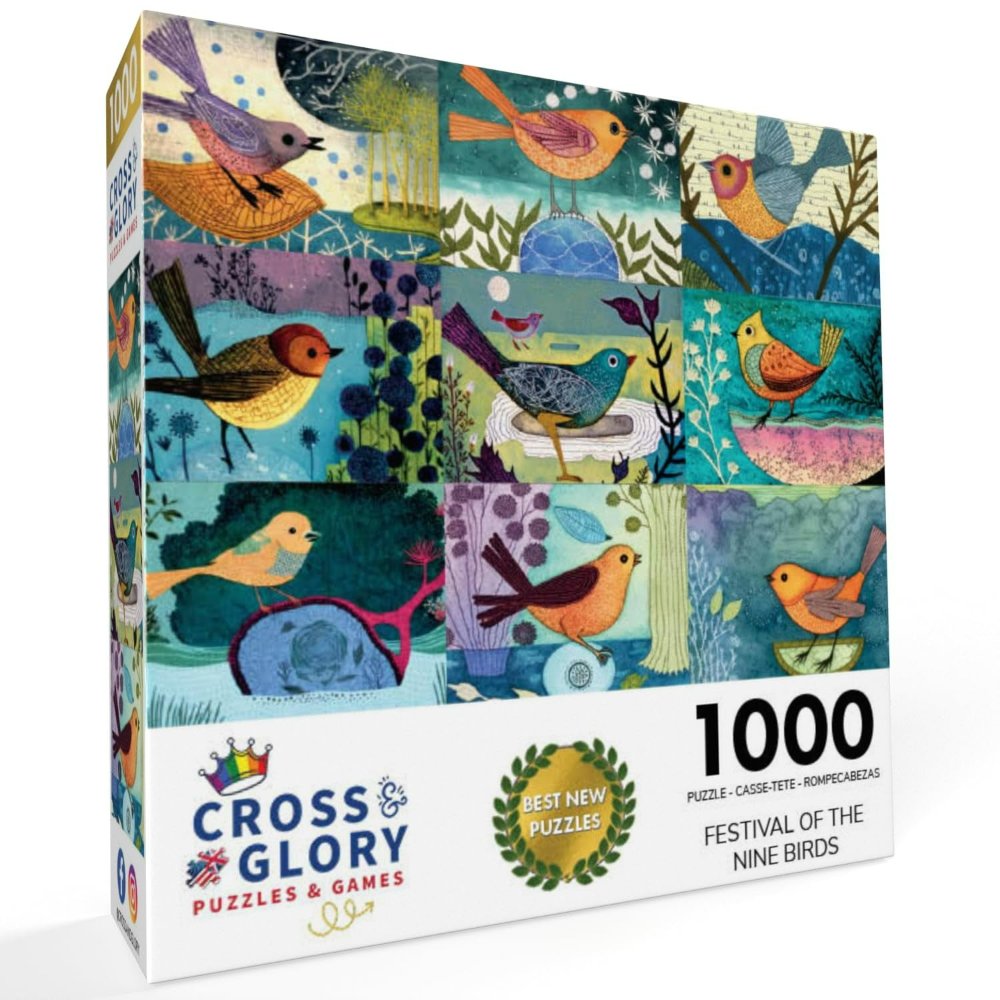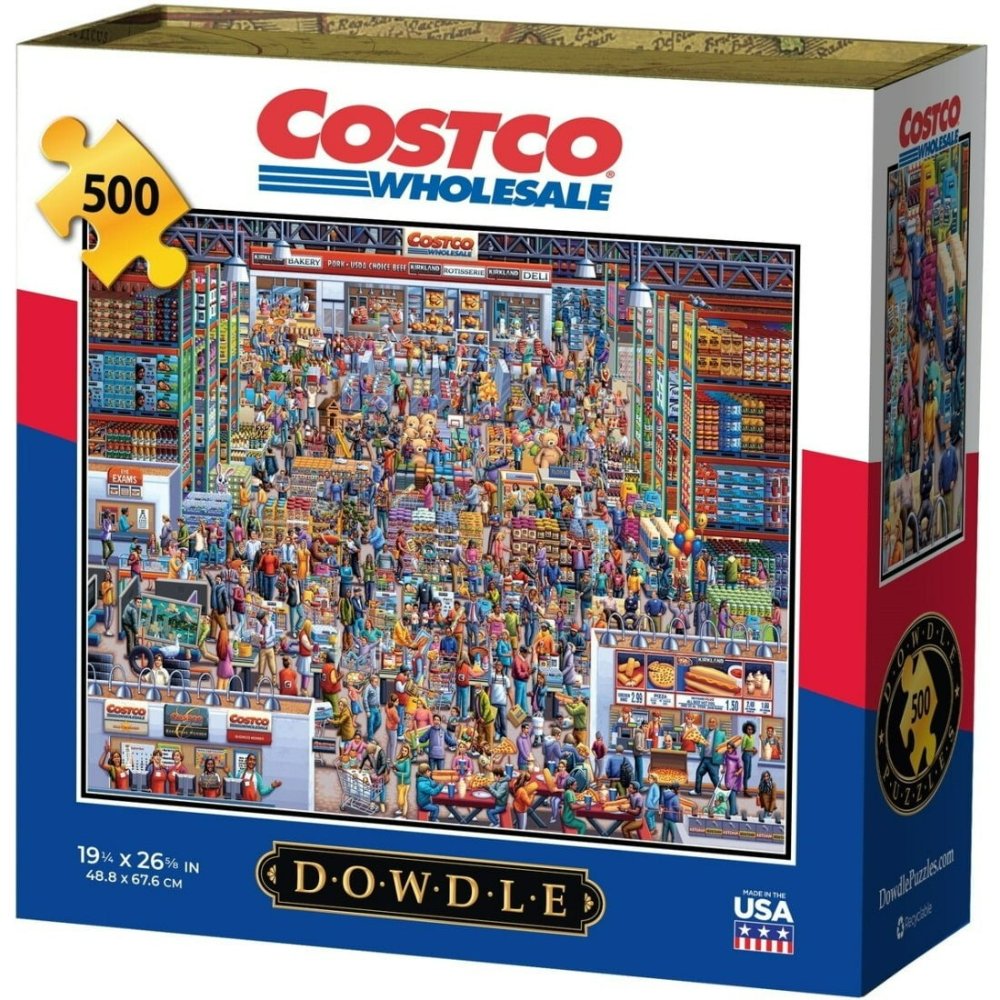Tangrams are geometric puzzles that consist of seven flat pieces called tans. These pieces can be arranged to form various shapes and figures. The beauty of tangrams lies in their simplicity and adaptability. In recent years, tangram printables have gained popularity as educational tools, engaging both children and adults. This article explores the benefits of tangram printables, how to create your own, and tips for incorporating them into your educational routine.
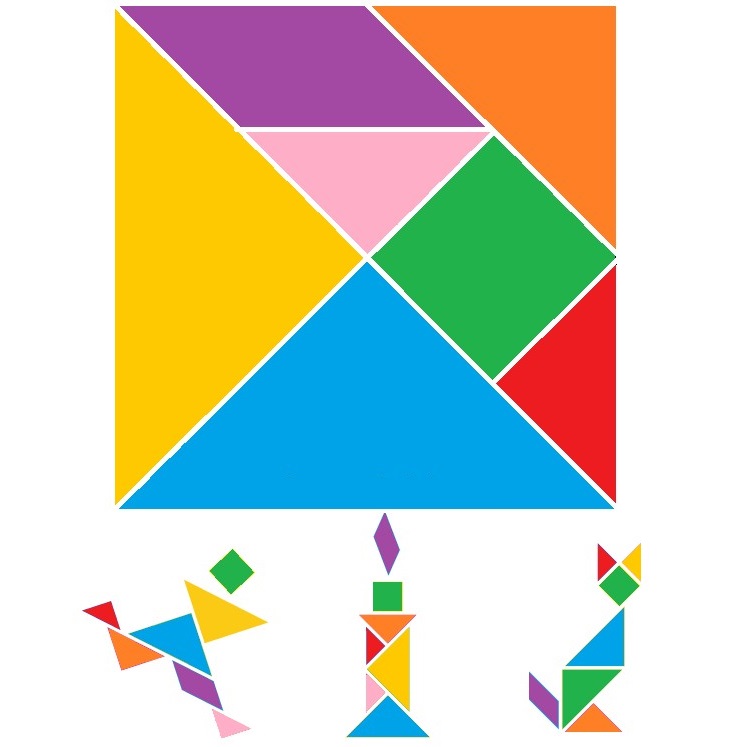
Understanding Tangrams
What Are Tangrams?
Tangrams originated in China during the Song Dynasty, around the 13th century. They consist of seven pieces that can create a wide array of figures. The pieces are formed from a square that is cut into five triangles, one square, and one parallelogram. This allows for endless possibilities in creating shapes, animals, and even letters.
Tangrams teach fundamental skills such as spatial reasoning, problem-solving, and creativity. These puzzles encourage individuals to visualize shapes and manipulate them in their minds. Children and adults benefit alike as they solve tangram puzzles, fostering cognitive development.
The Historical Context of Tangrams
Tangrams have a rich history. They made their way to the West in the early 19th century, becoming a peculiar yet intriguing pastime. People were fascinated by the idea of rearranging simple shapes to create complex designs. They soon became a fashionable intellectual puzzle in Europe and America.
During the Victorian era, tangrams gained popularity not only as a mental exercise but also as a social activity. Families would gather around the table to arrange the tans and challenge each other. The puzzles were often produced as attractive sets that could be gifted or displayed.
Even today, tangrams generate excitement. They can be found in educational settings, family game nights, and even therapy sessions. The puzzles offer a perfect blend of challenge and fun, making them timeless classics.
Benefits of Tangram Printables
Enhancing Cognitive Skills
Tangram printables can significantly boost cognitive skills. Children engage in critical thinking and problem-solving when attempting to recreate specific shapes. As they manipulate the pieces, they develop spatial awareness, understanding how various shapes fit together.
Educational studies show a link between spatial reasoning and success in STEM fields. Engaging with tangrams can lay a foundation for these critical skills, building confidence in young learners.
Encouraging Creativity
Tangrams are not just about logic and reasoning. They also provide an avenue for creativity. When using tangram printables, individuals can explore different configurations, experimenting with colors and shapes. This open-ended nature invites creativity and imagination.
Whether children are trying to replicate a specific design or invent their own, tangrams inspire artistic expression. They allow for free play, enabling young minds to explore a world of possibilities.
Promoting Collaborative Learning
Tangrams can also be a social activity. When used in classroom settings, students can work in pairs or groups. Collaborative learning often leads to richer understanding. Students explain their thought processes, sharing diverse strategies to solve the same problem.
Working in teams fosters communication and teamwork skills. Students learn to value different perspectives and solutions. This collaboration can enhance camaraderie and create a harmonious learning environment.
Creating Tangram Printables
Necessary Tools and Materials
Creating your own tangram printables is easier than you may think! You’ll need basic materials. Start with a computer and a printer. You’ll also require paper, scissors, and a ruler. Optional materials include colored paper or markers for unique designs.
Using reliable software, such as graphic design programs or even simple word processors, will help you create appealing printables. Various templates and shapes are readily available online. However, designing your own templates provides a satisfying creative outlet.
Step-by-Step Guide to Making Tangrams
- Design the Template: Using your software of choice, create a square. Divide it into your seven tangram shapes: five triangles, one square, and one parallelogram. Make sure to keep the proportions accurate.
- Add Colors: Choose vibrant colors for each shape to make the printables visually appealing. Colorful tangrams can attract children’s attention and sustain their interest.
- Print It Out: Once your design is ready, print it on sturdy paper. Using heavier paper will ensure durability, allowing the pieces to withstand multiple uses.
- Cut Out the Pieces: Carefully cut out each piece along the designated lines. Make sure the cuts are precise, as irregular shapes can create confusion during play.
- Optional Lamination: For added longevity, consider laminating the shapes. Lamination protects your tangrams from wear and tear, making them reusable.
Tips for Customization
Feel free to customize your tangram printables. You can create themed tangrams based on holidays or seasons. For example, create designs for Halloween or Christmas, incorporating relevant shapes. You may also want to include visual prompts, helping users recognize specific figures they can create.
To cater to various age groups, adjust the complexity of the shapes. Younger children might benefit from simple patterns, while older kids may enjoy more intricate designs. Providing a range of options allows you to engage learners of different ages.
Engaging Activities with Tangram Printables
Classroom Activities
In a classroom setting, tangram printables can serve multiple purposes. Teachers can incorporate them in math lessons, geometry units, or even art classes.
One engaging activity involves a “Tangram Challenge.” Teachers could provide students with printables featuring specific shapes. The students would then race to recreate each shape using their pieces. This game fosters not only competition but also collaboration, as students often discuss strategies.
Another potential activity is to create stories based on tangram shapes. Students can pick several pieces and invent characters or scenarios. This blends literacy with tangram puzzles, encouraging comprehensive skills.
Home Activities
Tangram printables aren’t limited to classrooms. Families can enjoy them at home. Parents can print out tangrams for rainy day activities, keeping kids engaged and focused.
One fun game is to have a family competition. Each member creates their favorite shape. When everyone is finished, take turns displaying your creations, explaining the thought process behind each one. This activity enhances both creativity and communication, making it a fulfilling family bonding experience.
The Role of Technology in Tangrams
Smartphone Apps and Online Games
With the rise of technology, many applications now feature tangram puzzles. Various apps allow users to solve tangrams digitally, making it easy and convenient to play anywhere. These platforms provide instant feedback, helping players refine their skills.
Online games may also include timed challenges, adding an element of urgency. Players can compete against themselves, tracking their progress over time. Incorporating technology into tangram play can attract tech-savvy children, bridging the gap between traditional and modern learning methods.
Interactive Online Printables
Several educational websites offer interactive tangram printables. Users can click and drag pieces to manipulate shapes on-screen. This is particularly helpful for young children who may struggle with physical cut-outs.
Interactive printables can offer guided instructions, allowing users to actively follow along. These resources can serve as an additional layer of support, especially for those new to tangrams.
Integrating Tangram Printables into Daily Life
Everyday Learning Opportunities
Tangrams can be seamlessly integrated into daily learning routines. Parents can incorporate tangram puzzles during downtime, such as waiting in line or traveling. Short, engaging tangram activities can keep children focused and productive.
Ask children to visualize and create objects they see around them using their tangram pieces. Whether it’s animals, vehicles, or simple shapes, this practice can cultivate observation skills.
Using Tangrams in Family Game Nights
Family game nights are an ideal setting for tangram puzzles. Consider creating a night dedicated to tangrams, where you challenge each other to create specific shapes or themes.
Alternatively, incorporate tangrams into traditional board games. This adds an element of creativity, making the game night experience more enjoyable. It can lead to unique twists and turns, which will keep everyone entertained.
Conclusion
Tangram printables are a treasure trove of educational and recreational opportunities. From enhancing cognitive skills to encouraging creativity, they offer endless benefits. By getting creative in designing and playing with tangrams, learners can engage in meaningful experiences.
Whether at home or in classrooms, tangram printables bridge learning and fun. Families and educators can utilize these tools to foster collaboration, communication, and problem-solving skills in an enjoyable way.
In a world increasingly dominated by screens, tangrams remind us of the simplicity and joy of hands-on activities. As you create and explore your own tangram puzzles, you’ll discover a timeless way to engage the mind and spark creativity. So gather some paper, a printer, and let the fun begin!
